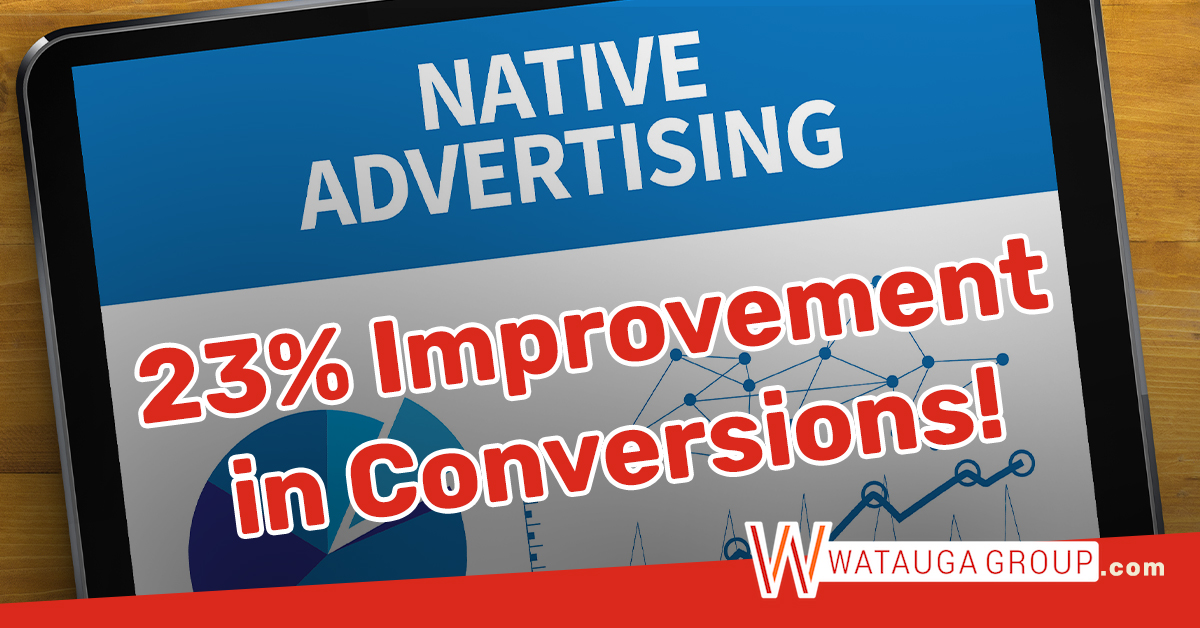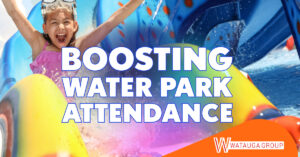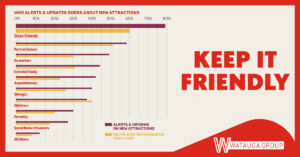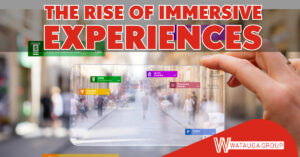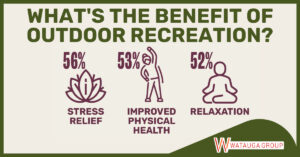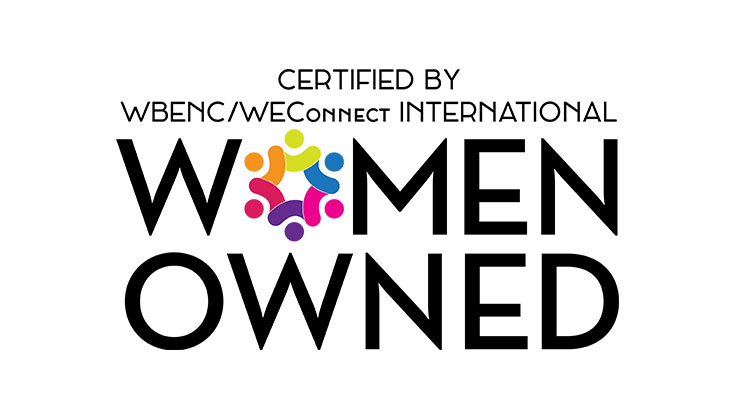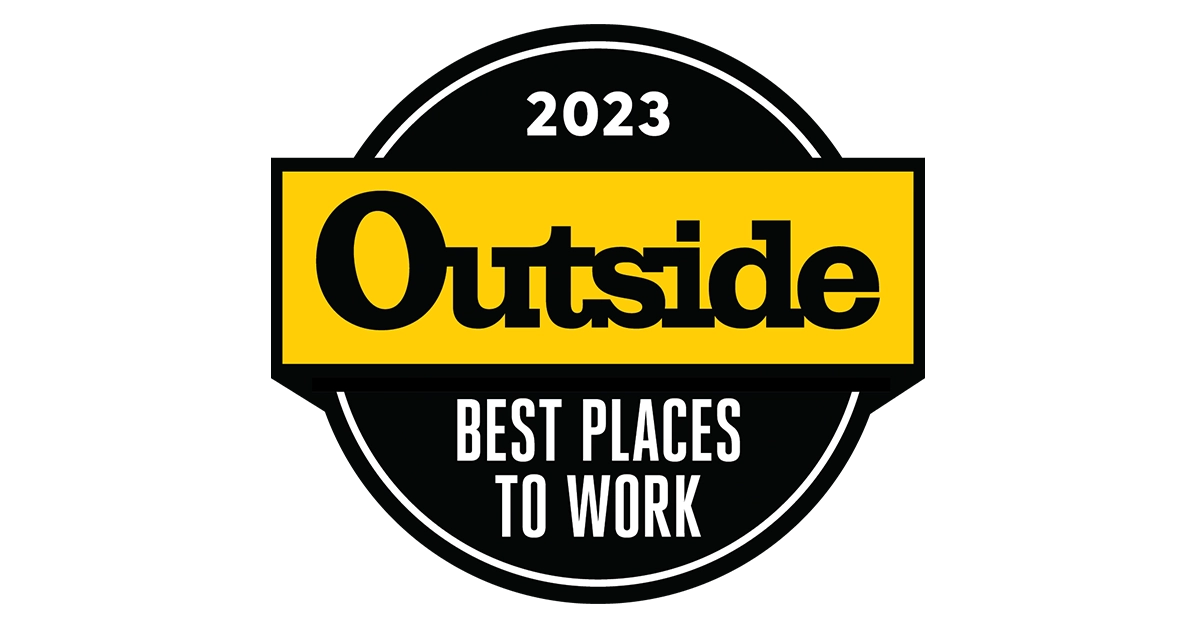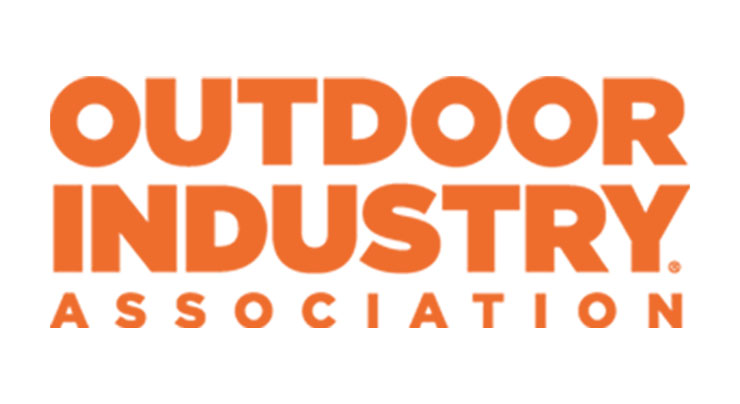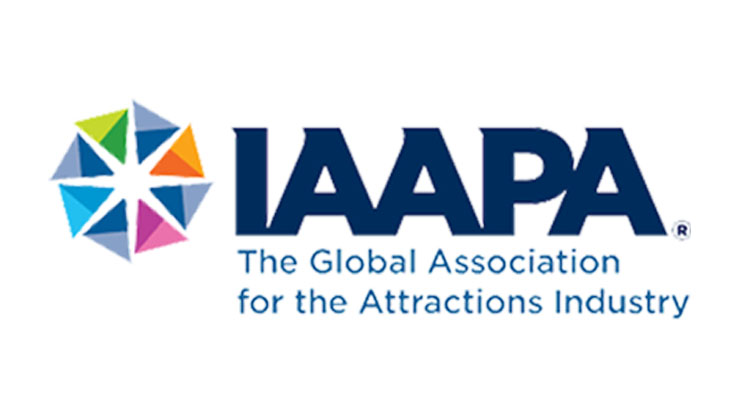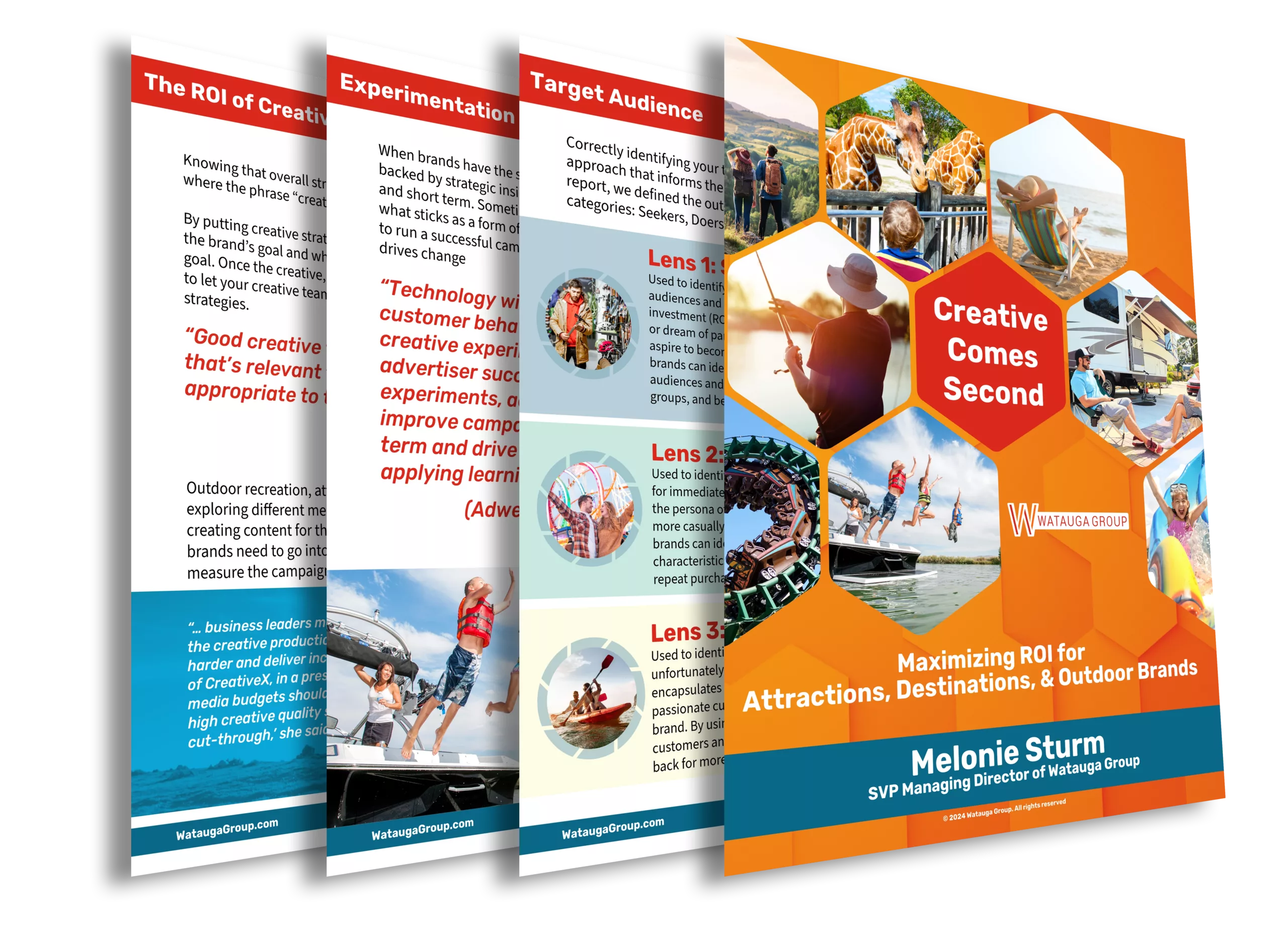A few years ago, the CMO of Proctor & Gamble was speaking at an industry trade show and told the audience that in order to be successful, the job of their media agency was to “engage” their customers. Some in the outdoor recreation & attraction space have translated this as “disruption.” That the way to get a participant’s or visitor’s attention is to do something that makes them stop and take notice.
 This is understandable in a world where consumers are inundated with advertising messages. According to Zippia, the typical person is exposed to anywhere between 4,000 and 10,000 messages per day. For context, a generation ago that number was between 500 and 1,400 per day according to Lunio. But does everything have to be about trying to disrupt consumers? Isn’t there another way to engage them – or turn the customer on?
This is understandable in a world where consumers are inundated with advertising messages. According to Zippia, the typical person is exposed to anywhere between 4,000 and 10,000 messages per day. For context, a generation ago that number was between 500 and 1,400 per day according to Lunio. But does everything have to be about trying to disrupt consumers? Isn’t there another way to engage them – or turn the customer on?
When it comes to the digital world of outdoor participants and attraction visitors, and the multitude of advertising formats and methods to deploying messages all based on specific KPIs, it’s very easy to think in a single dimension. Many brands typically go to Search, Video and Display, and look at these as “automatic” depending on how they want to drive a specific result during the path-to-purchase.
But sometimes the consumer throws a curveball at us. Before they’re ready to purchase or visit, they want to do more exploration. They want to find out what other people think or have experienced, learn more about features and benefits, and why a product or attraction is the right choice for them.
For outdoor recreation & attraction brands, this is where there’s another tool worth considering, Native Advertising.
What is Native Advertising
Native advertising refers to a form of digital advertising that blends in with the natural look and feel of the platform or medium where it is displayed, making it less intrusive and more engaging for the audience. The primary goal of native advertising is to provide valuable, highly relevant content that aligns with the interests and preferences of your target audience, rather than just pushing promotional messages. Native ads often take the form of sponsored articles, videos, or social media posts that are seamlessly integrated into the user experience, without disrupting it. As a result, native advertising has become a popular choice for advertisers and publishers alike, as it helps to improve user engagement and brand awareness while maintaining a high level of authenticity and credibility.
An example of native advertising on WeatherBug.
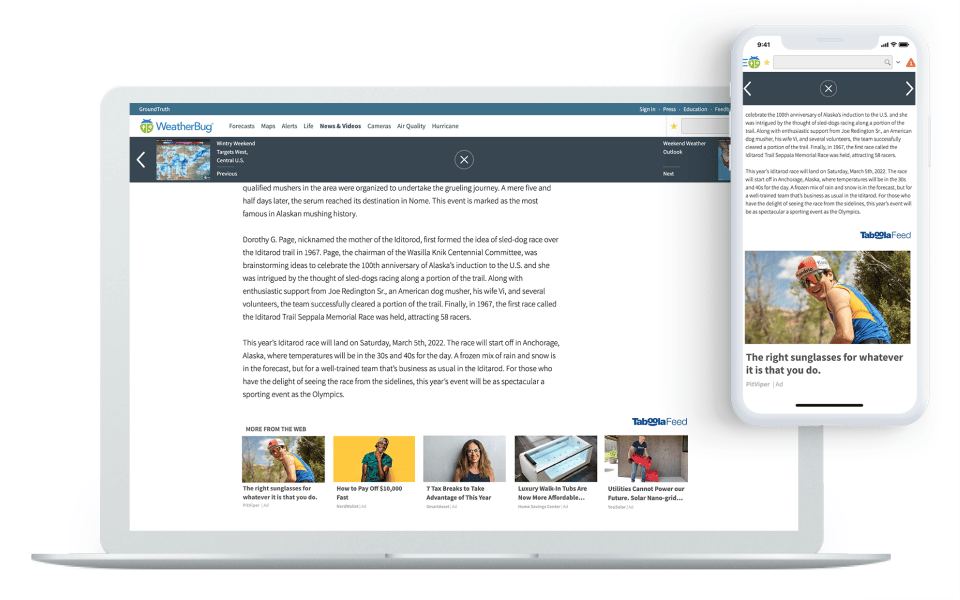
And here is an example of native advertising on Gear Patrol.
 A 23% Improvement in Conversion
A 23% Improvement in Conversion
Watauga Group recently ran a native advertising campaign for a client that is highly impacted by changes in consumer interest and website traffic due to seasonal demand and variations in consumer urgency levels. During these down periods we determined that consumers had not completely stopped shopping. To the contrary, we found that their shopping habits had entered a less active phase presenting the client with an opportunity to test different messages, the method of delivery, and new ad formats that could be used to maximize conversion when it was time to make a purchase.
The key to all of this was understanding how the target audience – in this case, highly educated, time pressed moms – seek information. Keeping this in mind, we strategically added native advertising placements to our client’s media mix during seasonal, non-promotional windows with a specific mission in mind: provide mom with feature and benefit related information that’s essential to her decision when the calendar turns and her level of urgency increases.
During the native advertising campaign our client achieved a 23% improvement in conversion rate efficiency versus periods of standard display advertising.
Other benefits of the native advertising campaign included:
- Compared to standard display ads, the native advertising had 30% lower CPM’s.
- Target audience reach was significantly extended using the lower CPM combined with uncovered pockets of consumers matching our customer profile.
- Native advertising CPC was 46% lower than standard display units by optimizing performance on images and headlines.
Additional Benefits of Native Advertising
Native media is a valuable advertising strategy, and in many cases an untapped opportunity, for brands to not only capture the necessary higher levels of consumer attention but to also create brand relevancy as it empowers consumers who are in the research and consideration phase of their customer journey. The organic nature of native advertising helps to establish added brand credibility and trust at these important stages of the path-to-purchase, resulting in higher levels of qualified traffic to a website and/or conversion landing pages. Additional findings on the value of native advertising include:
- Native ads can be more effective than traditional display ads. According to a study by Sharethrough and IPG Media Lab, consumers are 25% more likely to look at native ads than display ads and they view them for 53% longer.
- Native ads improve brand recall and purchase intent. A study by Nielsen found that native ads are more memorable than traditional banner ads, with consumers showing a 2.2 times higher purchase intent.
- Native ads are less intrusive than traditional ads. According to a study by Business Insider, 67% of users say they find online ads annoying, but only 24% say the same for native ads.
- Native ads are more likely to be shared. A study by IPG Media Lab found that native ads are shared 20% more often than standard banners and 52% more often than traditional display ads.
- Native ads drive more engagement. A study by Polar found that native ads generate an average click-through rate of 0.33%, compared to 0.16% for display ads.
What Does it All Mean?
The ultimate advertising goal for outdoor recreation and attraction brands is to reach the consumer in the right place, at the right time, and with the right message in order to break through the enormous clutter that exists. To do this effectively, brands need to consider all the advertising tools available to us and to understand where the consumer is at each stage of the purchase path to achieve their goals. Deploying native advertising in the media mix has proven to be a highly effective way to reach and engage them.

